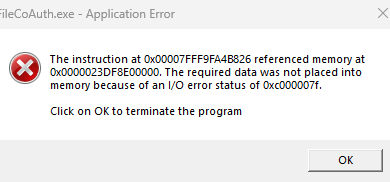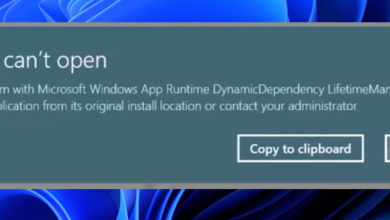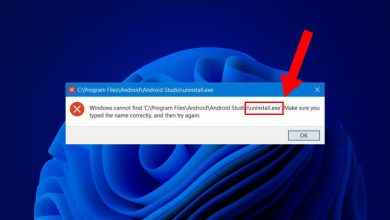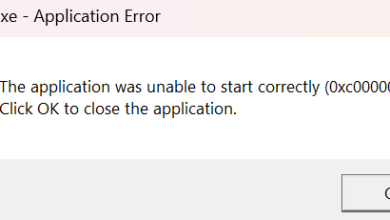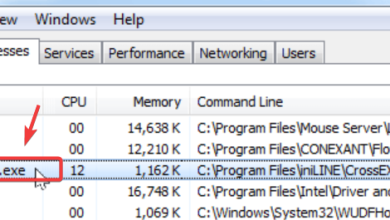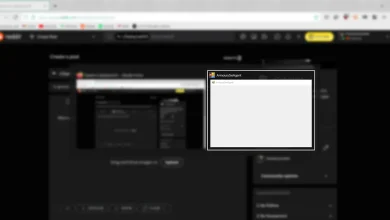How to Fix ‘SiHost.Exe Hard Drive Error’ on Windows 10
Some Windows 10 users are suddenly encountering the ‘SiHost.exe Unkown Hard Error‘ whenever they attempt to sign in with their Windows profile. Some users end up seeing this error at each system startup while others are encountering this issue every time they attempt to install a new program conventionally.

After investigating this particular issue thoroughly, it turns out that there are several different scenarios that might be contributing to the apparition of this error code. Here’s a short list of scenarios that might spawn this error:
- Outdated Windows 10 build – According to a lot of affected users, this issue can also be caused by a bad update that only affects Windows 10 installations resulted after an upgrade from Windows 8.1. In this case, the only fix is to install the hotfix for this issue by installing every pending update via Windows Update.
- Corrupted System Files – System File corruption can also be responsible for the apparition of this error code. If you’re dealing with some kind of corruption that’s affecting the startup procedure, running SFC and DISM scans should allow you to identify and fix the problem.
- Unidentified File Conflict – As it turns out, you can also expect to deal with this issue in instances where you’re experiencing a conflict between a 3rd party driver or program and a system component. If you can’t identify the conflict, the easiest way of fixing the problem is to use the System Restore utility to revert your computer back to a healthy state.
- Corrupted OS Installation – Under more serious circumstances, you should expect to see this error in a situation where you’re dealing with corruption that’s affecting critical OS files that are used during the startup sequence. In this case, your only hope at fixing the issue without clean installing is to go for a repair install (in-place repair).
Now that you know every potential culprit, here’s a list of methods that other affected users have successfully used to fix this problem:
Method 1: Install every Pending Update
According to the official Microsoft support team, this problem can also be related to a Windows Update issue that got triggered after a bad update was installed on a Windows 10 installation that was previously upgraded from Windows 8.1.
Note: When this problem first appeared, it took more than a month for Microsoft to release the hotfix for this issue.
Fortunately, nowadays the fix is included among the critical Windows 10 updates that will be installed without a specific action (unless you’ve done something to prevent the automatic installation of critical updates).
In case your Windows 10 build is not up to date, follow the instructions below to install every important update from the Windows Update screen and fix the apparition of the sihost.exe error:
- Open up a Run dialog box by pressing Windows key + R. Inside the text box, type ”ms-settings:windowsupdate” and hit Enter to open up the Windows Update tab of the Settings app.
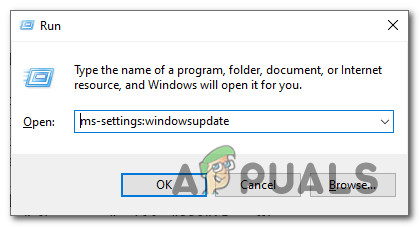
Open Windows Update via Run box - Once you’re inside the Windows Update screen, move over to the right-hand pane, then click on Check for Updates.
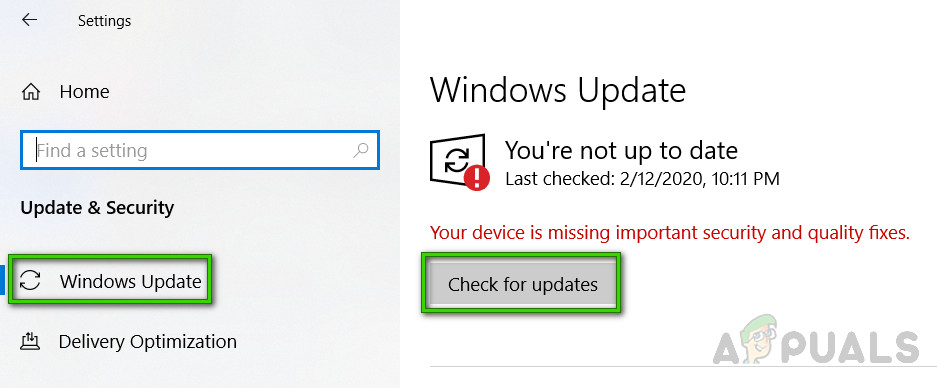
Checking for Updates - Next, follow the on-screen prompts to install every pending update until you effectively manage to install every critical update.
Note: If there are a lot of pending updates to be handled, you will be prompted to restart before the WU component gets the chance to install every pending update. If this happens, restart as instructed but make sure to return to the same window once the next startup is complete and finish the installation of the remaining Windows Updates. - Once you finally manage to bring your Windows 10 build to the latest, do a final restart and see if the error is now fixed.
If you’re still seeing the ‘SiHost.exe Unkown Hard Error‘ during startups or when trying to install a program, move down to the next potential fix below.
Method 2: Performing SFC and DISM Scans
Since this problem is often associated with some kind of system file corruption, your next step (if the first method has failed) is to run a couple of built-in utilities that are capable of fixing the most common causes that will cause widespread system file corruption.
We’ve managed to identified several reports of users that managed to fix this problem by running SFC (System File Checker) and DISM (Deployment Image Servicing and Management) scans.
Even though the two built utilities share some similarities, we recommend running both types of scans in quick succession in order to maximize your chance of fixing the issue without having to do a clean install or repair install.
When doing this, you should start with an SFC scan. This scan will leverage a locally stored archive to replace corrupted Windows files with healthy equivalents – NO Internet Connection is required.
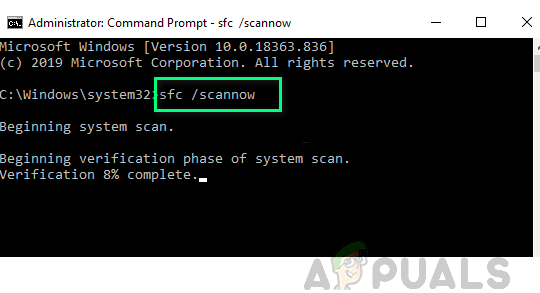
Note: Once you start this operation, avoid closing the elevated CMD window or restarting/shutting down your computer. Doing this exposes your PC to the risk of additional local issues affecting your HDD / SSD.
Once the SFC scan is complete, restart your computer and initiate a DISM scan once your computer boots back up.
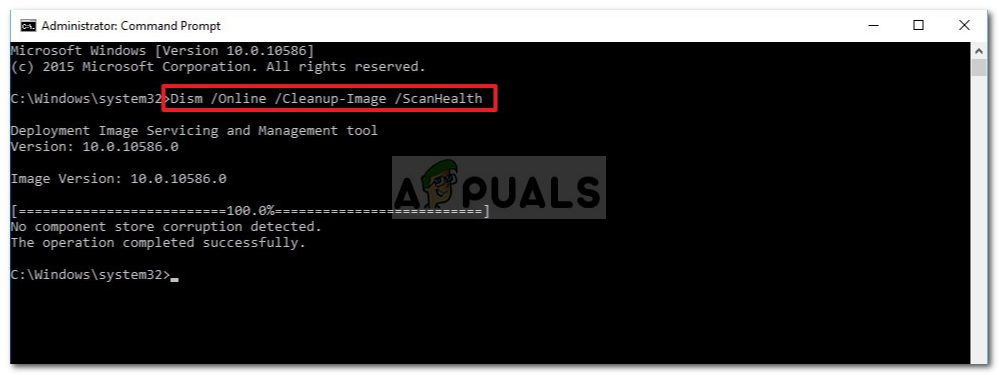
Note: Unlike an SFC scan, DISM requires a stable Internet connection to replace corrupted files with healthy equivalents. This is required because instead of using a local file archive like SFC, DISM uses a sub-component of Windows Update to download fresh copies untainted by corruption.
After the DISM scan is complete, restart your computer one final time and see if the problem is fixed once the next startup is complete.
In case the same ‘SiHost.exe Unkown Hard Error‘ is still occurring, move down to the next potential fix below.
Method 3: Using System Restore
If you only started to see this issue recently after you’ve enforced a particular change (a new driver installation, a driver swap, the installation of a new program, etc.), you might be able to fix the problem by using System Restore to restore your computer back to a healthy state.
By default, System Restore is configured to create and save new restore snapshots at important system events. So unless you modified this default behavior, you should have plenty of restore snapshots to choose from in your attempt to fix the ‘SiHost.exe Unkown Hard Error‘.
Utilizing a previously saved System Restore point will allow you to essentially revert your computer back to a previous point in time when this issue was not occurring.

After you have successfully used a restore snapshot to revert your PC back to a healthy point, repeat the action that was previously causing the error and see if the issue is now resolved.
If the problem is still not fixed, move down to the next potential fix below.
Method 4: Resetting every Windows Component
If none of the methods above have worked for you, there’s a very high chance that you’re dealing with some kind of system file corruption that cannot be resolved conventionally.
In this case, the only thing you can do at this point is to reset every component and subcomponents of your Windows installation to ensure that you completely eliminate every corrupted instance that might be causing the sihost.exe error.
If you are forced to do this, you really only have 2 ways forward:
- Clean install – This operation is the easiest thing you can do since you can deploy it without having to use compatible installation media. This will effectively replace your existing lineup of Windows files from the OS drive and eliminate any corrupted instance. However, the main drawback is that unless you back up your personal data in advance, you need to be prepared to lose every bit of personal data from your OS drive (C:\).
- Repair install – When compared with a clean install, this procedure is a lot more tedious. It will require you to insert a compatible installation media and use it to trigger an in-place repair procedure. But repair install should be your first choice if you have the time since it will allow your to keep your personal files including applications, games, documents, photos, etc.
